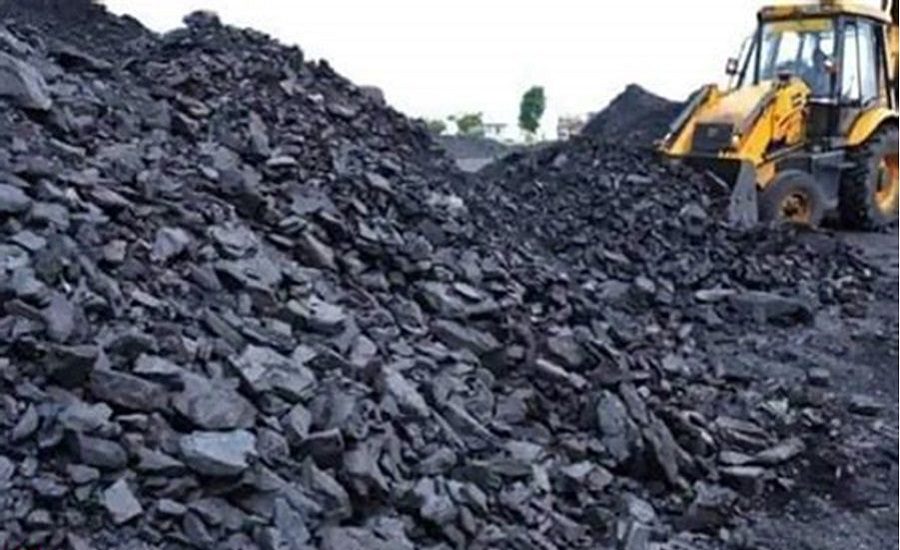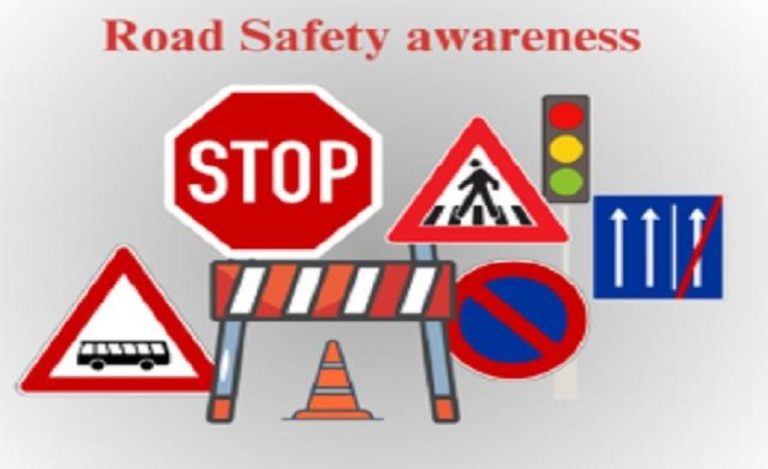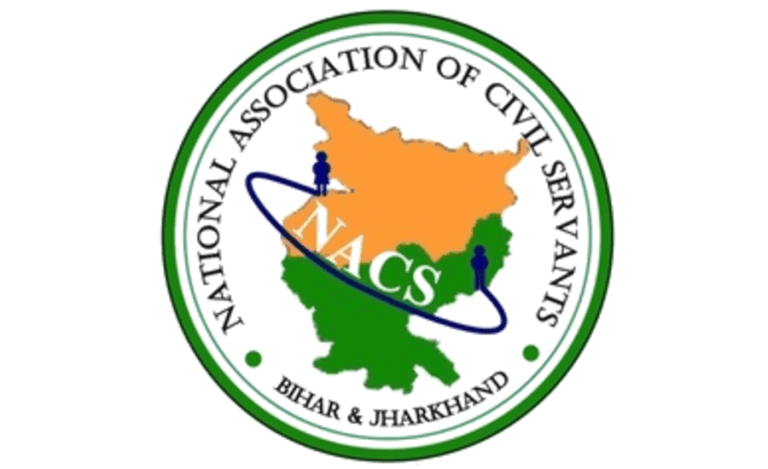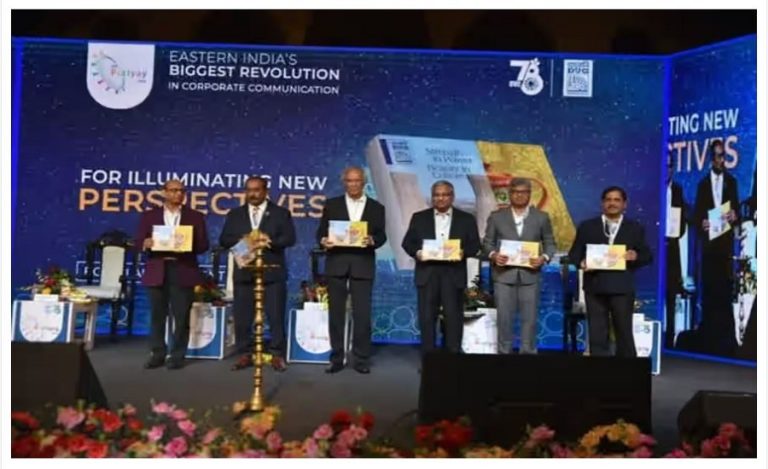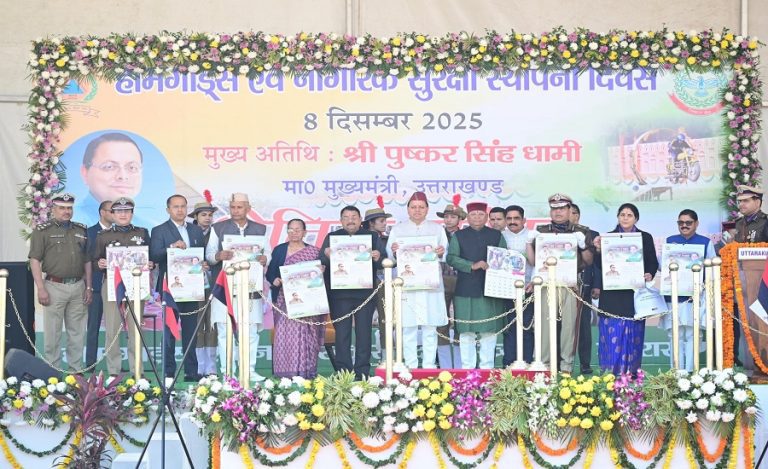New Delhi: The Ministry of Coal is poised to launch the “Koyla Shakti” Smart Coal Analytics Dashboard, a major step in India’s drive toward digital transformation in the coal and mining sector.
This initiative aligns with the government’s vision under the Digital India programme and aims to bring monitoring, analytics and transparency in the coal supply chain – from mine to dispatch.
Importance and Need of ‘Koyla Shakti’
The coal sector in India plays a pivotal role in energy supply, industrial growth and employment; bringing analytics and real-time monitoring will strengthen oversight and efficiency.
By deploying the dashboard, the Ministry expects to enhance data-driven decision-making, detect bottlenecks faster, improve coal production and movement, and reduce waste or leakages.
The tool joins other recent portals of the Ministry such as the “CLAMP” portal (for land-acquisition, compensation & R&R) and the commercial coal mine auctions platform—highlighting a broader digital-reform push.
Key Features of “Koyla Shakti”
Real-time analytics: The dashboard is expected to provide live data on coal mines, dispatch, logistics, stock, mine-wise productivity and other metrics.
Integration with existing systems: It will integrate multiple sources of coal‐sector data, enabling unified monitoring of the supply chain from extraction to end-user.
Transparency & accountability: With accessible analytics, stakeholders including policymakers, regulators and auditors can monitor performance, compliance and output.
Ease of doing business: By publishing data, the dashboard may help investors, mining companies and service providers identify opportunities and constraints directly.
‘Koyla Shakti’ Smart Dashboard: Timeline & Implementation
According to official statements, the Ministry has awarded the work for developing this dashboard to the relevant implementing agencies and will roll it out in phases.
While an exact launch date hasn’t been publicly detailed in the press release, the announcement underlines the near-term readiness of the tool.
Link to Commercial Coal Mine Auction Reforms
In the same Press Information Bureau release, the Ministry of Coal also announced the launch of the 14th Round of Commercial Coal Mine Auctions, signalling that the “Koyla Shakti” dashboard is part of a wider reform push.
These connected reforms reflect the government’s strategy to boost private sector participation, increase coal production, reduce import dependence, and use digital tools to ensure smoother operations.
Who’s Behind This Transforming Initiative
Shri Vikram Dev Dutt, IAS (AGMUT: 1993), currently serves as Secretary of the Ministry of Coal.
In his role, he oversees policy, administrative and digital initiatives in the coal sector including this dashboard effort.
With a background in administrative leadership and government reforms, his stewardship is central to the implementation of “Koyla Shakti” and allied reforms.
Impact & Expectations
Operational Efficiency: With better visibility into data from mines, logistics and dispatch, the dashboard is expected to help reduce the gap between output planning and actual results.
Policy Insights: The analytics can feed into policymaking—for example, where production lags, which logistics corridors under-perform, and which mines need intervention.
Investor Confidence: Transparent data builds trust among investors and mining companies; digital monitoring lowers risk and facilitates ease of business.
Energy Security: As India continues to ramp up domestic coal production to meet rising energy demand, tools like “Koyla Shakti” support the larger mission of energy sufficiency.
Sustainability & Compliance: Visibility helps regulatory bodies ensure mines adhere to environmental, safety and logistical norms, contributing to a more sustainable mining ecosystem.
Challenges & Considerations
Data Quality & Integrity: Ensuring real-time data collection from remote coal mining sites, integrating legacy systems and maintaining data integrity will be a challenge.
User Adoption & Training: Mining companies, regional offices and logistics providers will need to adopt workflows aligned to the dashboard’s monitoring.
Cybersecurity & Privacy: With large datasets and analytics tools, safeguarding against unauthorized access or misuse becomes critical.
Linking Physical Infrastructure: The dashboard’s value depends on reliable infrastructure—accurate sensors, logistics tracking, dispatch monitoring, etc.

